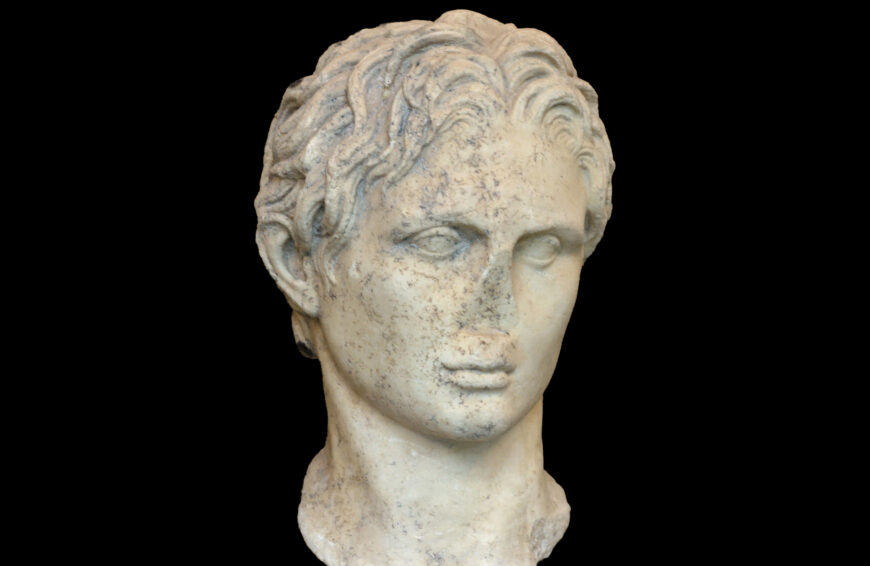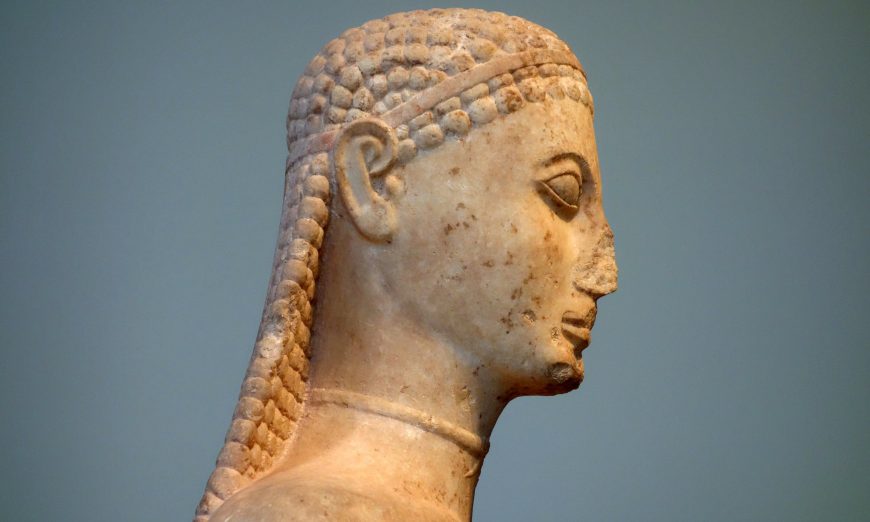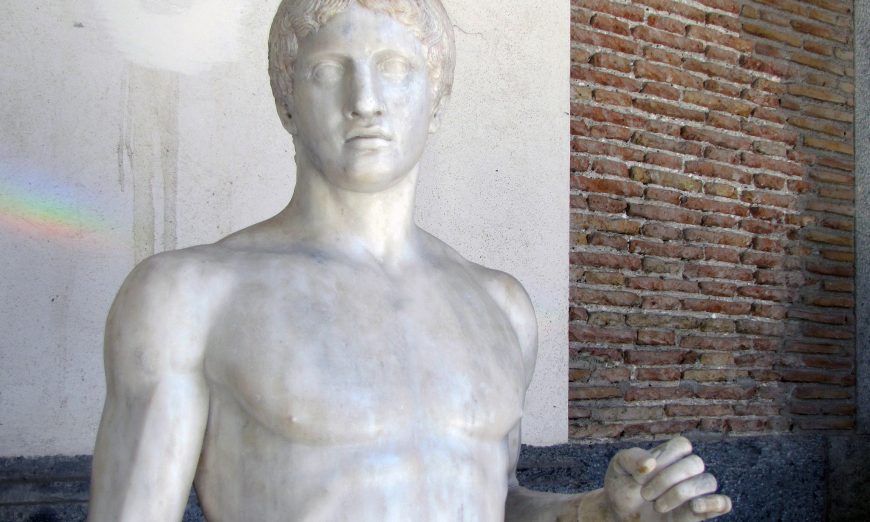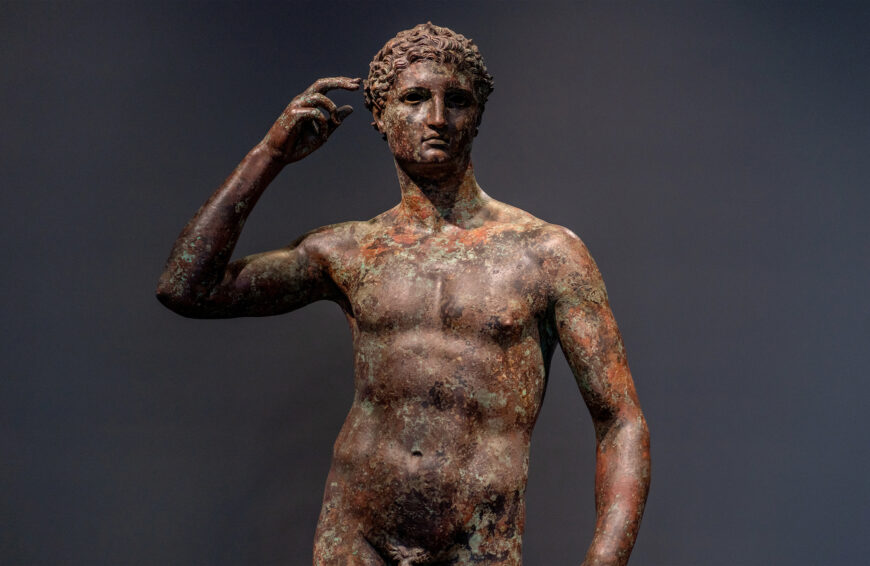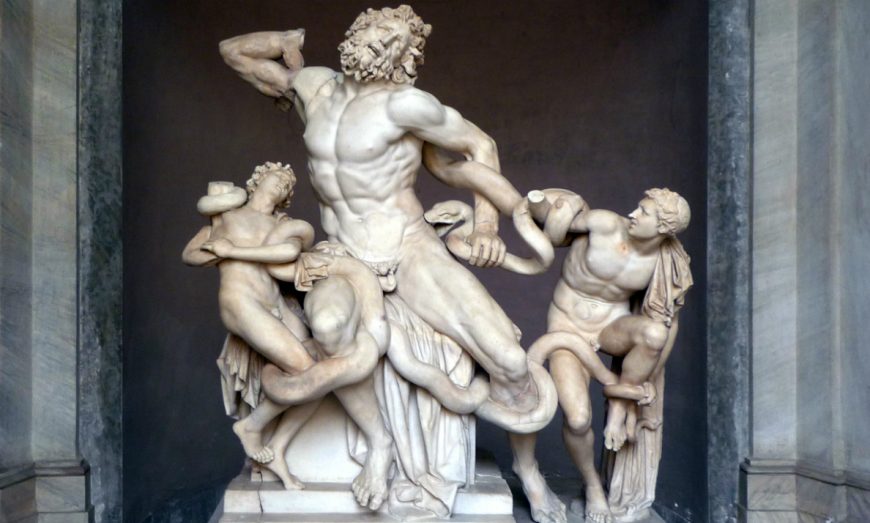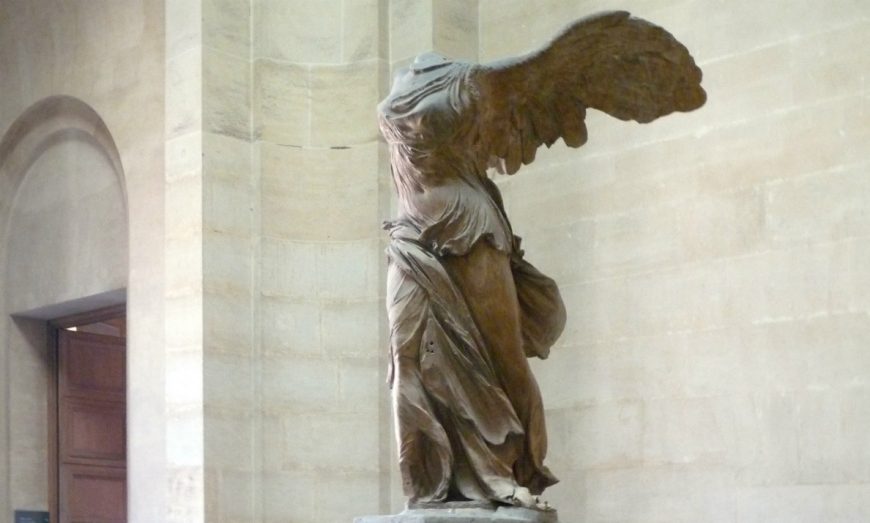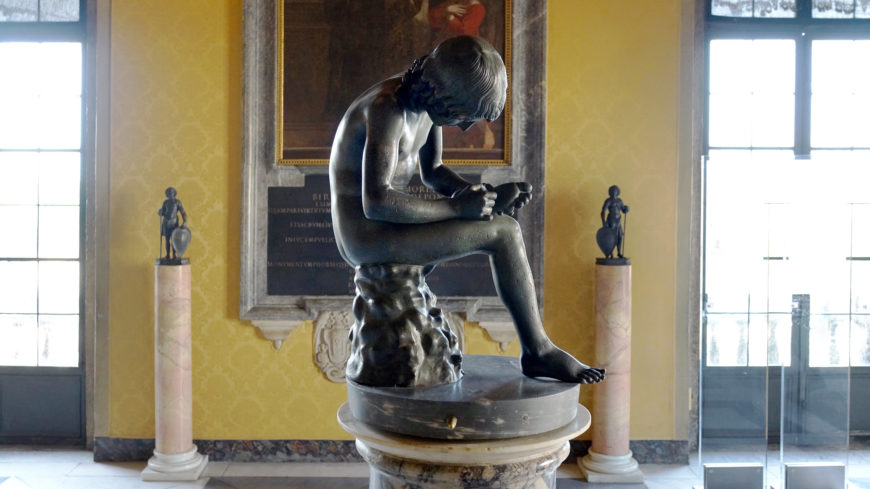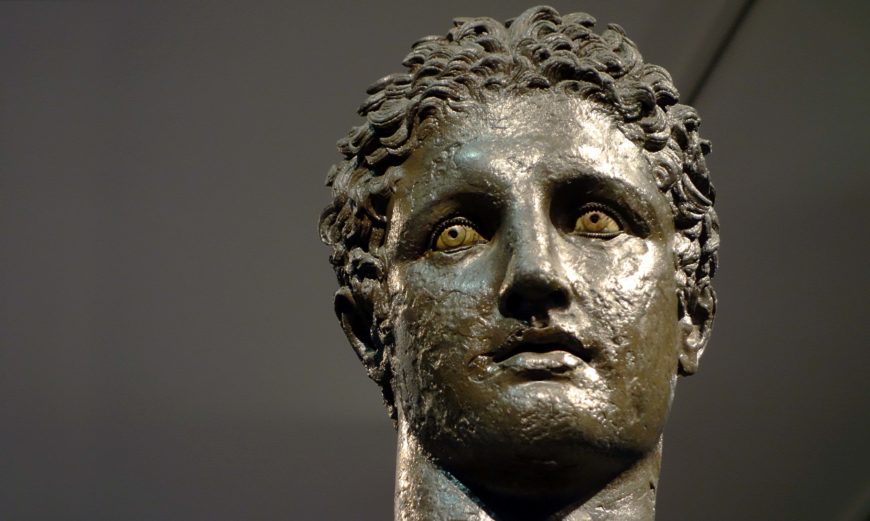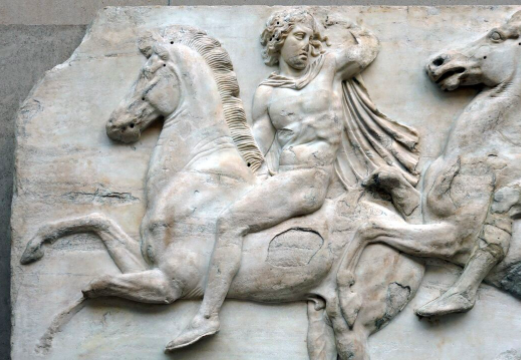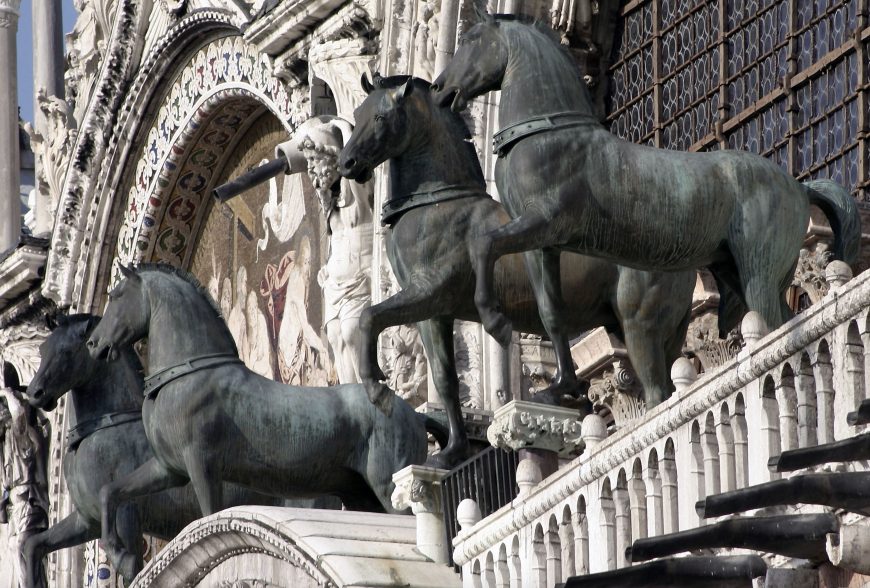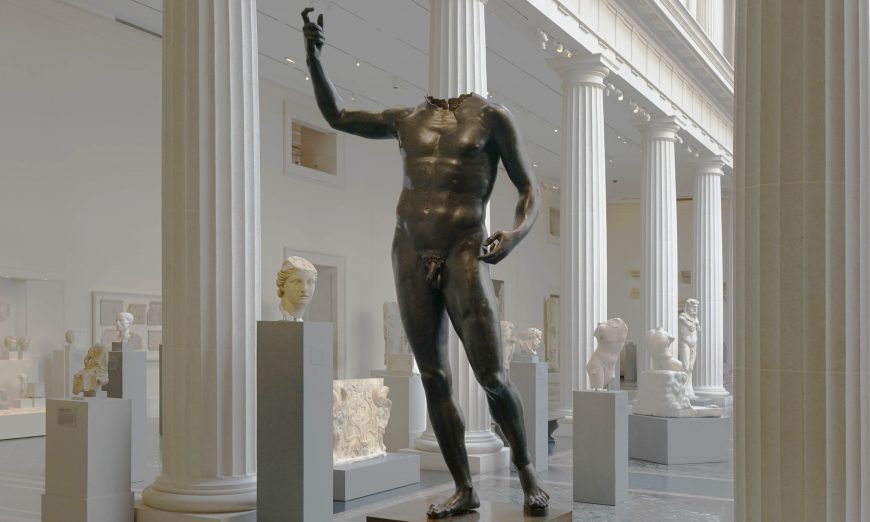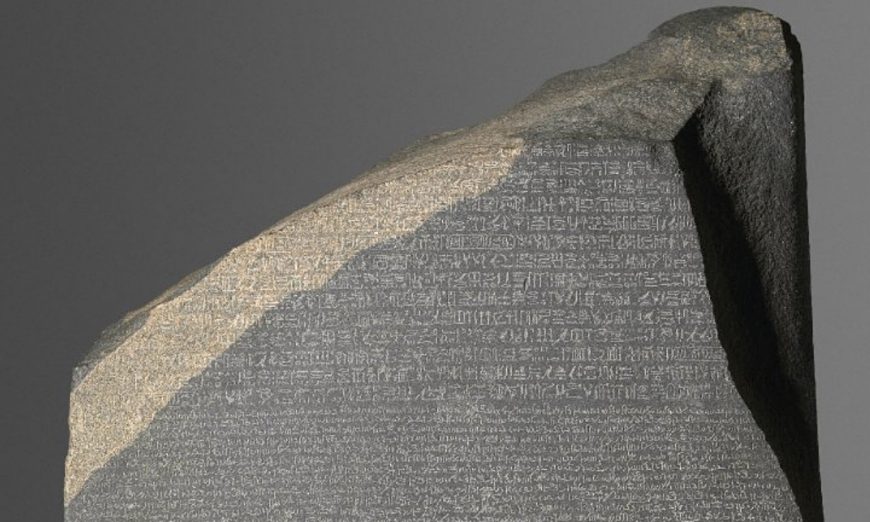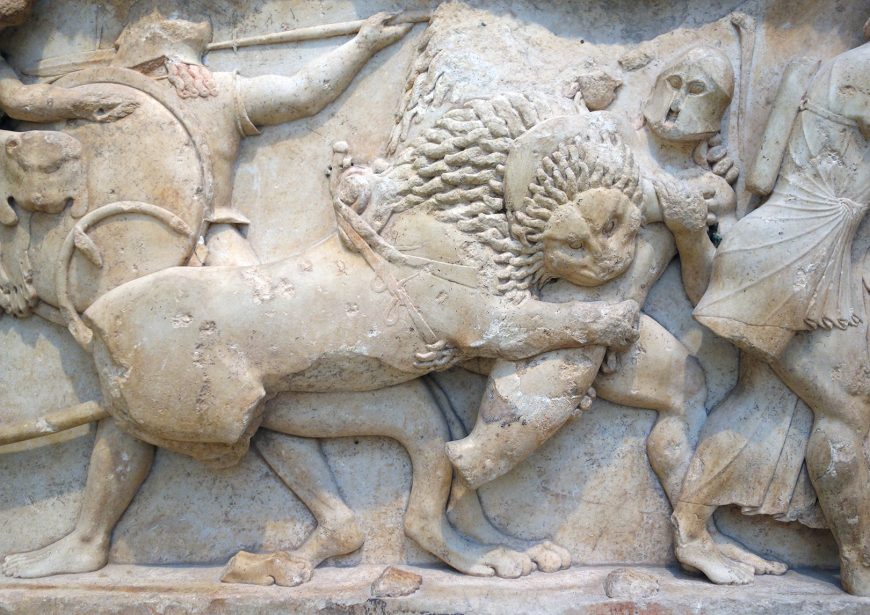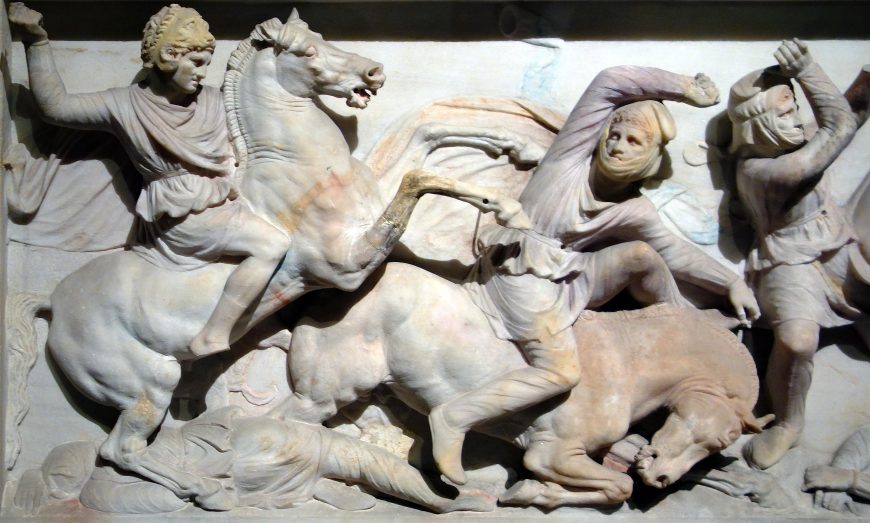Related works of art
In the Ancient Mediterranean
Masks
Active in c. 5000 B.C.E.–350 C.E. around the World
In North Africa
Polykleitos, Doryphoros (Spear-Bearer)
Greek original c. 450–440 B.C.E.; Roman copy before 79 C.E.
Italy
Athanadoros, Hagesandros, and Polydoros of Rhodes, Laocoön and his Sons
early 1st century C.E.
Italy
A moment in time that’s lasted 2,000 years— the Spinario (Boy with Thorn)
c. 1st century B.C.E.
Greece
Your donations help make art history free and accessible to everyone!

